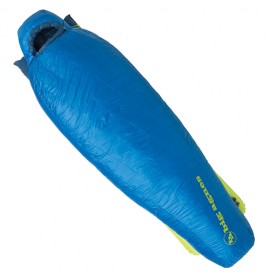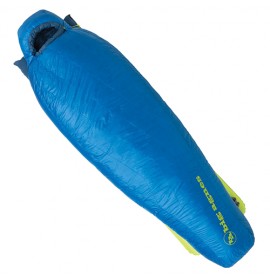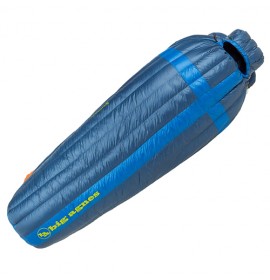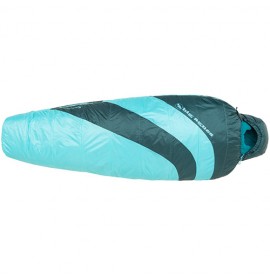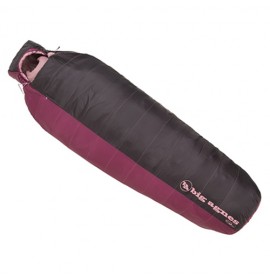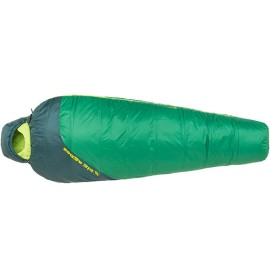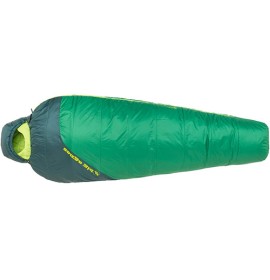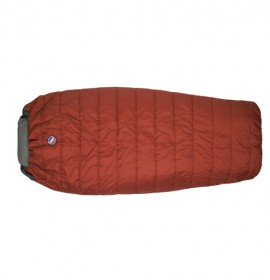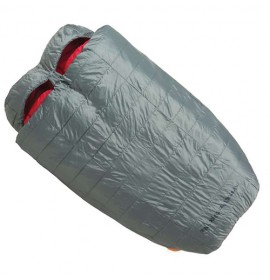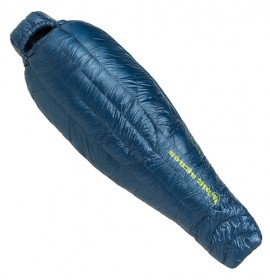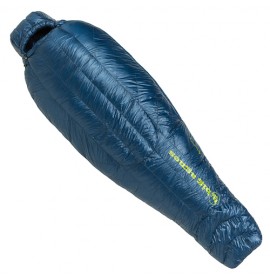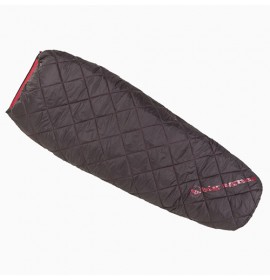Which Sleeping Bag Should You Buy?
Staying warm at nights is important for enjoying hunting, therefore a good sleeping bag is one of the most important piece of camping gear. Here is a bit of advice on helping to choose a right sleeping bag.
Keeping warmth depends on the sleeping bag filler and design. Close fitting sleeping bag will be warmer. The best shape is a mummy style. Having an adjustable hood is very important to prevent heat loss through the head. At the same time sleeping bag should be roomy enough to allow to curl up or to stretch.
The choice of filling material for sleeping bag is between down and synthetic. Down has the best warmth to weight ratio. Sleeping bags made form down take less space and last longer, The disadvantage of traditional down is loss of heat retention after getting wet and drying, hard to clean and high cost. Getting wet and slow drying problem can be overcame with use of specially treated down, which does not absorb water, however sleeping bags using this material are even more expensive.
Polyester based fillers such as Hollowfil, Quallofil and Polarguard dry quickly, don’t get damp and are less expensive. Sleeping bags made with fibers are bulkier and heavier than down for the same temperature rating and don’t last as long as down sleeping bags. When keeping weight low is important, down is the best choice.
Insulating property of the sleeping bag can be increased by wearing clothes, using sleeping bag liner, and using insulating mat. There are several methods of keeping the filling in place.
Quilting is easy and inexpensive, but it leaves cold spots along the stitch lines.
Double Layer Offset: As above but using 2 layers. Offsetting the quilting helps eliminate the problem of cold spots in your sleeping bag.
Profile: A 'no stitch through' construction which produces 30% extra loft. Special resins enable the insulating fibers to support themselves inside the sleeping bag, without the need for any quilting. This means no stitch lines, and hence, no cold spots.
Shell Fabrics should have a tight weave to repel water and prevent wind penetration. The most common fabric used today in constructing sleeping bags is a lightweight nylon. Sometimes nylon has a ripstop weave to incorporate a strong fiber mesh to increase strength while maintaining low weight. Some nylon sleeping bag shells are coated to make them more water resistant, yet still allow the body to 'breath'. 'Pertex' fabric also does this. In addition it wicks moisture away from the body to keep you dry.
In some bags, a reflective layer is placed between the filling and shell to improve heat retention of a bag by 15%.
Sleeping bag should be better be stored hanged to prevent degradation of filling material.
High quality sleeping bags are manufactured by many outdoor manufacturers including: Snugpak, Vaude, Big Agnes, Rab.
Regardless the fill, sleeping bags come in various season and temperature ratings.
1 season sleeping bag for summer
2 season sleeping bag for late spring or early autumn
3 season sleeping bag for use through spring, summer and autumn
4 season sleeping bag for year round
This reference is only for a general use, not high altitude mountain hunts. Some 4 season sleeping bags may not warm enough for winter mountain hunts.

